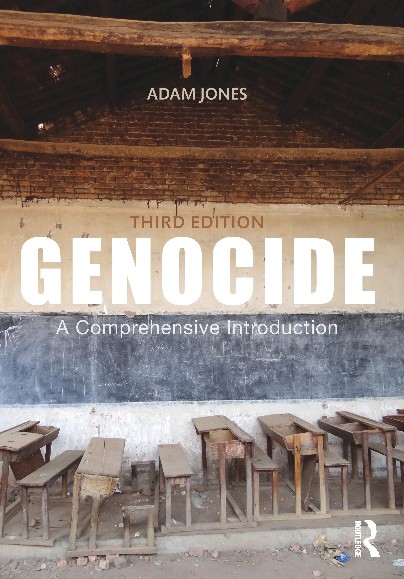 |
| "Nhem En (above) was recruited at 17 to be photographer for Pol Pot." (Lindsay Murdoch) |
By Lindsay Murdoch
The Sydney Morning Herald, January 7, 2012
"Many of the photographs taken at Cambodia's notorious Tuol Sleng interrogation centre are too gruesome to publish: a man shot in the head crawls through his own blood before his executioner finishes his grisly work. Victims stare without expression from images hanging on the walls of the centre where the women were dubbed 'she-animals' and the men enemies and traitors of Pol Pot's 1970s revolution. One photograph shows a mother cradling her sleeping baby. Another shows a girl's delicate beauty, defying the horror of the moment. But Nhem En, 52, Pol Pot's official photographer, says he cannot describe how he felt taking 10,000 photographs of Tuol Sleng's victims. 'I had no feelings about that ... I had the responsibility to do my work 100 per cent for the organisation,' Nhem En says, referring to Pol Pot's Khmer Rouge that was responsible for one of the worst genocides of the 20th century. 'I must work, think, talk, walk, eat for the organisation and not speak to anyone,' he says in a rare interview with a Western journalist. 'If the organisation lost confidence in me it would regard me as an enemy and I would be destroyed.' Nhem En sips beer in a French restaurant near Cambodia's fabled Angkor Wat temple and talks about building a memorial to Pol Pot in far northern Cambodia with the surprise backing of the government in Phnom Penh. He thinks Australians may want to donate to help build the project. The memorial will include a museum where Nhem En plans to display 2000 photographs he took of Pol Pot, who he says he first knew as a 'calm, gentle and highly intelligent' man with sincere intentions for all Cambodians before he became 'secretive, distrustful and brutal'. 'In the end Pol Pot thought he was god,' he says.
Other memorabilia Nhem En intends to display include 500 songs composed by Pol Pot as well as the tyrant's sandals, hats and uniforms. He pulls out a mobile phone and plays a revolutionary song that Pol Pot composed to mark his victory over what he called the 'imperialist' American-backed regime that swept the Khmer Rouge into power in 1975. Nhem En's project includes a replica of the Khmer Rouge's collective farms and labour camps that became known as the 'killing fields'. 'I can confirm the memorial is going ahead,' says Nhem En, who now holds an important position in Cambodia's Interior Ministry as the deputy governor of northern Anlong Veng district. Nhem En defected from the Khmer Rouge in 1995 after more than 25 years in the secretive organisation. One of eight children in a peasant family, he was selected by the Khmer Rouge to study photography and filmmaking in China in 1976. He was 17. When he returned to Cambodia Pol Pot's brutal rule was in full swing. He says Pol Pot chose him to be his photographer and chief propagandist because he strictly followed the Khmer Rouge's 12 commands, the first being absolute commitment and loyalty to the organisation. Nhem En was appointed chief of six photographers at Tuol Sleng where an estimated 14,000 people received death sentences that were carried out at a killing field site just outside Phnom Penh. He claims he remembers every photograph he has taken, including those of two Australian and one New Zealand yachtsmen, three of about 10 foreigners who unwittingly strayed into Cambodian territory and were sent to Tuol Sleng and their deaths. 'I took the photos of the Westerners but I did know who they were ... we were not told names although Pol Pot wanted everything minutely documented,' Nhem En says. The United Nations has spent more than $150 million putting five ageing Khmer Rouge leaders on trial for crimes against humanity in a special tribunal near Phnom Penh, prompting a resurgence of interest in life under the organisation 14 years after Pol Pot's death in 1998.














No comments:
Post a Comment
Please be constructive in your comments. - AJ